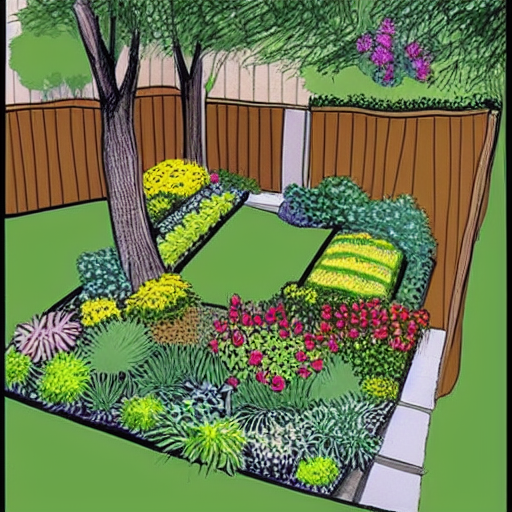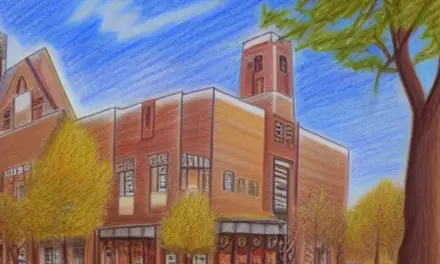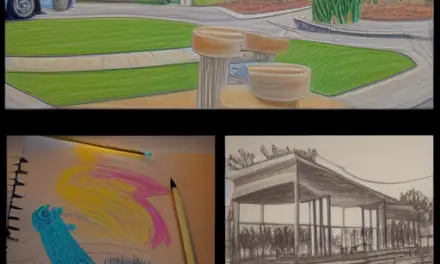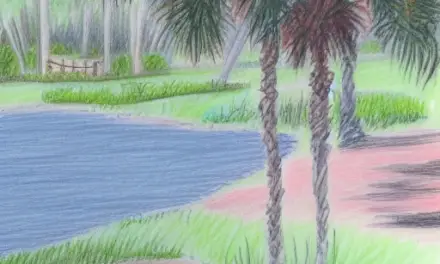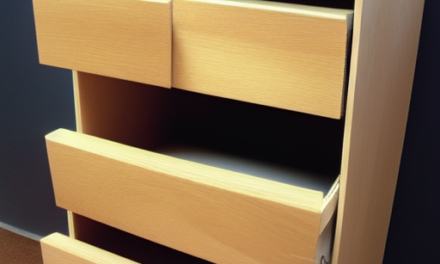A small outdoor space can be made to look larger. Use your length to draw the eye in. If possible, position the standout features near the ends of the space. If space is a concern, consider adding fixed seating. Be sure that it receives plenty of sunlight. Then, incorporate plants and a water feature.
Vertical gardens
Vertical gardens can be a great way to use wall space in small spaces. They allow you to grow organic food while also providing beautiful décor. They can also provide surprising health benefits. These outdoor garden ideas can maximize the amount of space you have available. But there are some challenges you must overcome before you can start growing your own plants.
First, you need outdoor planters. You can reuse old paint cans or tin buckets, but you may want to go for insulated fabric planters if you’re trying to be environmentally conscious. Alternatively, you can buy steel planters with built-in irrigation channels. If you’re short on space, you can also use planter benches. These double as seating, and they also make for beautiful vertical gardens. You can also hang plants from eaves or a wall.
Another option for vertical garden ideas for small spaces is to attach them to a wooden structure. You can do this easily by attaching a trellis to the wood. This will provide a sturdy base for your garden plants. You can also use mesh latticework to create a decorative look.
Planting food in raised beds
Raised beds are ideal for small outdoor spaces. These structures allow easy access to all sides of the garden. Raised beds can be constructed using standard lumber dimensions to minimize work and waste. You can embed the raised bed into a slope or build it at a flat surface. In both cases, the planting surface should be level to ensure that water is distributed evenly throughout the space.
Raised beds are also a great option for growing food. By using a raised bed, you can easily plant more than one type of vegetable. You can also grow herbs and peppers. Another option is to use a window box. You can plant more than just flowers in it, such as basil, chives, or chili peppers. You can also train your plants to grow up supports or fences.
For a small space, you can choose a vertical vegetable garden, old ladders, stacked containers, or metal stands. You can even add decking to your garden. The key is to choose crops that grow well in a small space. Salad leaves, strawberries, and clumping herbs are good choices. If your space is shaded, you can paint the walls white to reflect the light back onto the plants. This will make your garden appear bigger.
Creating a living plant wall
A living plant wall can provide dramatic impact to a small outdoor space. To create a living wall, you’ll need low-maintenance plants like succulents, air plants, and mosses. These plants are low-maintenance, require little water, and are also attractive to insects.
A living wall is versatile, and can be sited in any location, provided you have the right climate for the plants. Plants that thrive in bright areas are best suited to living walls. If you have a humid climate, you should choose ferns or succulents. It’s also important to keep an eye on the plants in order to prevent disease or pest infestation.
A living wall can add a personal touch to a space and make it look more inviting. A living wall can fit into any outdoor or indoor space, and can rejuvenate your home or garden. According to Marcus Eyles, head of horticulture at Dobbies, a living wall is one of the hottest trends in gardening.
Adding a water feature
Adding a water feature to your landscape design can add a sense of calm and cool to your outdoor space. It can also be eye-catching. A watering can waterfall, for instance, is an inexpensive and easy way to create a waterfall. Watering cans can be repainted to give the water a unique look. Adding a water feature to your small garden can give you a more natural feel to your space and help attract wildlife.
A water feature in a stone container can create a unique look and add some class to your outdoor space. Adding a stone water feature next to an outdoor patio can give it a distinctive touch. A water feature with stairs is also an interesting way to incorporate a natural element and draw attention.
Adding a water feature to your outdoor garden ideas for small spaces will create a focal point in your landscape. Water is soothing and can even distract the sounds of traffic and road noise. A water feature can also attract hummingbirds and other wildlife.
Adding a trellis
A trellis is a great way to add vertical growth and plant space to an outdoor space. It can be used to zone an open sitting area or to add extra privacy. It’s also a great way to add color and interest to a small outdoor space.
You can add a trellis to a small outdoor garden with a variety of styles and colors. You can also use it as a modern piece of art by decorating it with hanging plants and string lights. Depending on your taste, you can create a beautiful display for both indoors and outdoors.
Another use for a trellis in a small space is to grow climbing plants. Vine-type plants will grow around a narrow trellis and will maximize vertical space. It can also cover a lamp post or downspout.
Another benefit of a trellis is that it allows you to plant plants higher off the ground, allowing them to get more light and better air circulation. This improves their chances of avoiding disease later in the season. Furthermore, trellises also keep fruit and vegetables off the ground and out of the reach of pests. They also help in keeping the area tidy so you can easily find what you want to eat.
Adding a pergola
Pergolas add a romantic feel to your garden. You can use climbing plants and vines to cover the structure to create a fragrant walkway. Pergolas are also a great way to screen off a garage or garden shed. You can build a pergola out of timber, western red cedar, or iroko, or use a variety of other materials.
Pergolas can add privacy to a backyard, and they can serve as outdoor entertainment centers. They can also provide shade in the event of rain. You can even install awnings to make it easier to access the garden in the rain. Pergolas can be freestanding or attached to a house.
Pergolas can make outdoor living spaces seem more expansive, while also allowing you to make the most of the space you have. Pergolas can also serve as a zoned outdoor living area. A pergola can also be used to add vertical gardening. A rectangular pergola can also accommodate a small fire pit, making it the ideal spot for entertaining guests.
For a modern garden, you can use a black pergola to add a striking focal point. It can complement modern design ideas, such as pared-back fence panels or on-trend tiles. Pergolas are also a great place to add statement furniture and a bold color palette.
Adding a floor cushion
Adding a floor cushion to an outdoor space is a great way to provide additional seating and relax in the fresh air. This versatile item can be placed anywhere in a small garden and can work as an outdoor couch or a lounger. Choose a floor cushion made from water-resistant material that is stain and fade-resistant. It can complement the look of neutral patio furniture or a vibrant pattern. It is also a handy portable option.
Outdoor floor cushions can come in square and round shapes and come in fourteen different finishes. They are made of cotton linen fabric that is durable and breathable. They can add a splash of color to neutral furniture, complementing the look of bohemian-styled outdoor seating areas. You can choose a single, double, or queen-sized floor cushion. Queen-size cushions can accommodate two people and come in a black or blue patterned design.
Outdoor floor cushions can be made of a variety of materials, including cotton, faux leather, and suede. Faux leather, for instance, has an extremely soft touch, thanks to the polyester used to make it. It is also cheaper and easier to care for than genuine suede.

